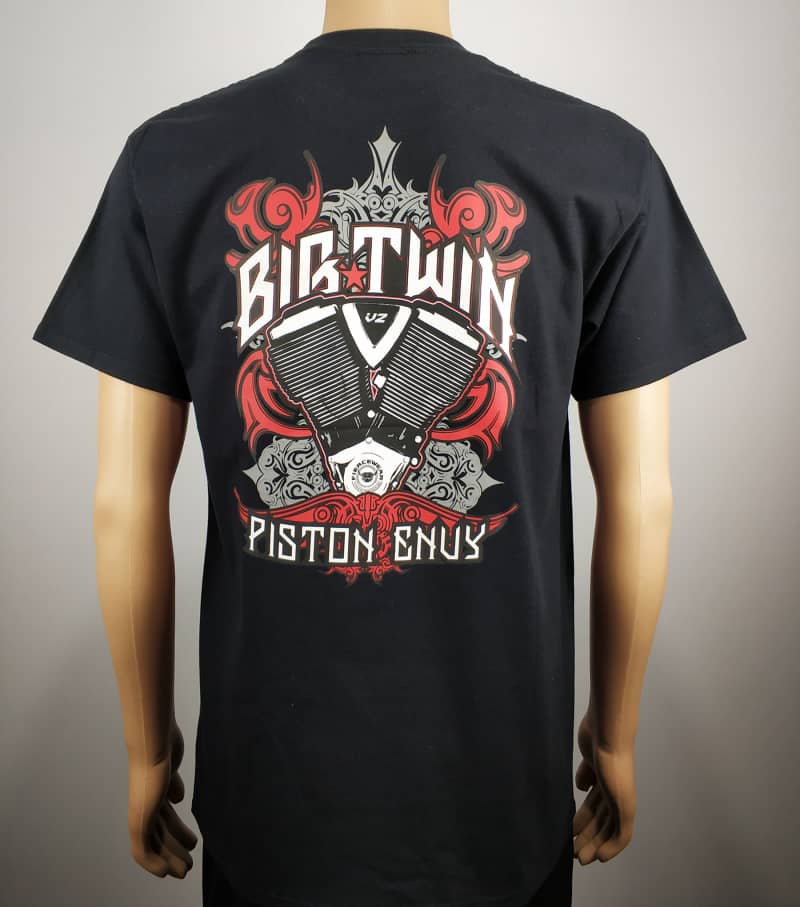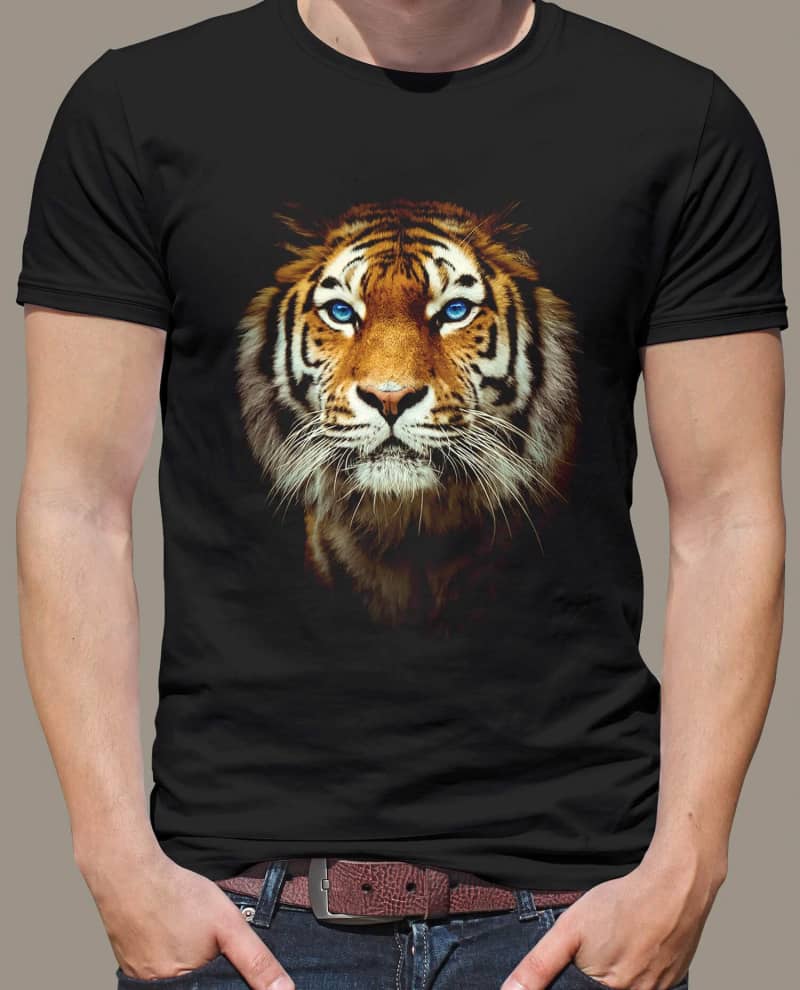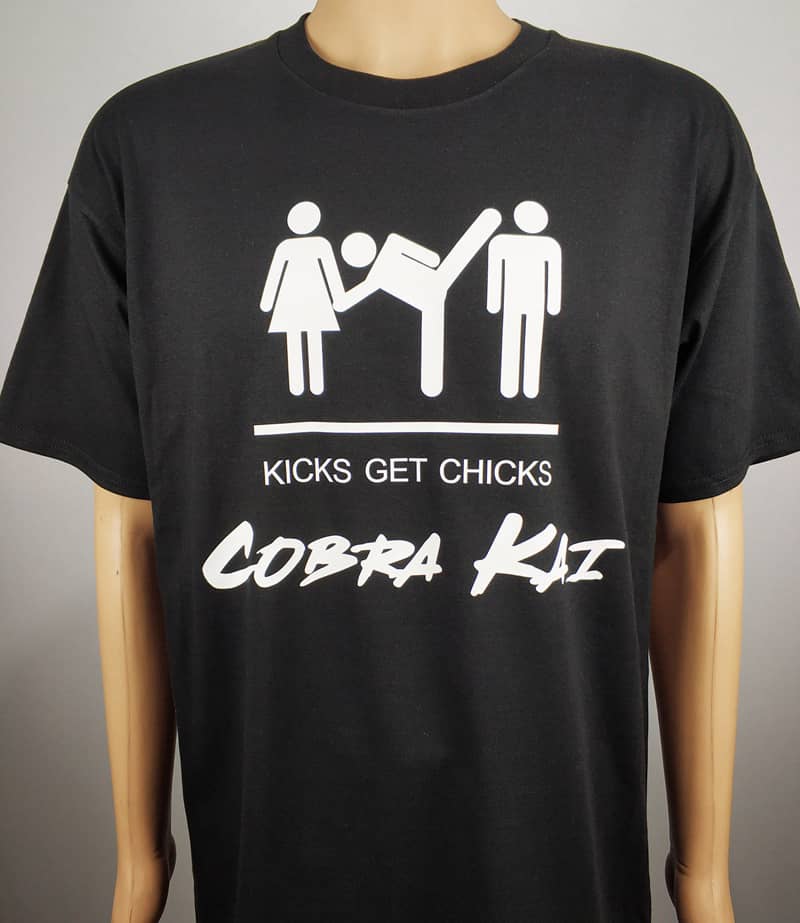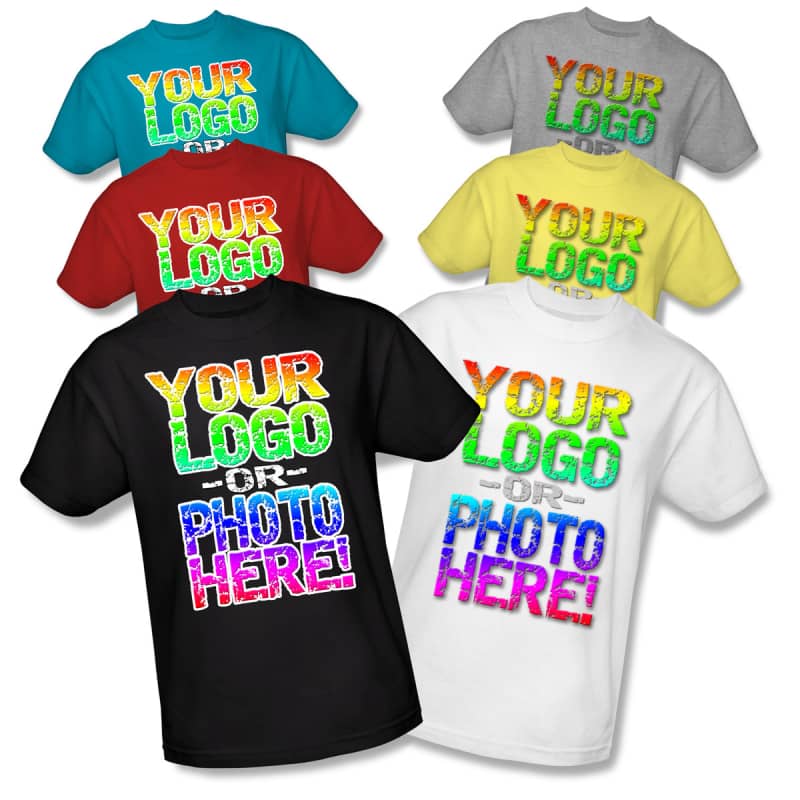Introduction
Determining the size of a T-shirt print is an important step in the design process, as it ensures that the final product looks professional and well-suited for its intended purpose. There are several factors to consider when determining the size of a T-shirt print, including the design itself, the type of fabric being used, and the intended audience for the shirt. In this article, we will discuss will discuss how to determine the size of a T-shirt print, including the different types of prints available, the factors that influence print size and some tips and best practices for determining the size of a T-shirt print, as well as some common mistakes to avoid.
1. Understanding Print Types
Before we dive into determining print size, it's important to understand the different types of prints available for T-shirts. There are three main types of prints: screen printing, DTG (direct-to-garment) printing, and heat transfer printing. Each type of print has its own advantages and disadvantages, and the recommended print sizes may vary depending on the type of print used.
(1)Screen printing
Screen printing is the most common type of print used for T-shirts. It involves pushing ink through a mesh screen onto the fabric. Screen printing is best suited for larger prints, as it allows for more detail and color accuracy. The recommended print size for screen printing is typically between 12 and 24 points.

(2)DTG printing
DTG printing is a newer technology that uses specialized inkjet printers to print directly onto fabric. DTG printing is best suited for smaller prints, as it tends to produce less detailed and less vibrant colors than screen printing. The recommended print size for DTG printing is typically between 6 and 12 points.

(3)Heat transfer printing
Heat transfer printing involves using a heat press to transfer an image or design onto a T-shirt. Heat transfer printing is best suited for small prints, as it tends to produce less detailed and less vibrant colors than screen printing. The recommended print size for heat transfer printing is typically between 3 and 6 points.

2. Determining Print Size
Now that we understand the different types of prints available, let's discuss how to determine the size of a T-shirt print. There are several factors that can influence print size, including the type of print used, the design complexity, the desired level of detail, and the viewing distance.

(1)Type of Print
As mentioned earlier, the recommended print size varies depending on the type of print used. For screen printing, the recommended print size is typically between 12 and 24 points. For DTG printing, the recommended print size is typically between 6 and 12 points. For heat transfer printing, the recommended print size is typically between 3 and 6 points.
(2)Design Complexity
The complexity of the design can also influence the recommended print size. A simple design with few colors and details may be able to be printed at a smaller size without losing quality or legibility. However, a complex design with many colors and details may require a larger print size to maintain quality and legibility.
(3)Desired Level of Detail
The desired level of detail can also influence the recommended print size. If you want a highly detailed and vibrant print, you may need to opt for a larger print size. However, if you prefer a more subtle and understated look, you may be able to get away with a smaller print size.
(4)Viewing Distance
The viewing distance can also influence the recommended print size. If your T-shirt will be worn in a situation where it will be viewed up close, such as at a concert or festival, you may need to opt for a larger print size to ensure legibility. However, if your T-shirt will be worn in a situation where it will be viewed from a distance, such as at work or school, you may be able to get away with a smaller print size.
3. Tips for Determining Print Size
(1)Consider the design
The first step in determining the size of a T-shirt print is to consider the design itself. This includes the overall layout, colors, and any text or graphics that may be included. A larger design may work well on a larger T-shirt, while a smaller design may be more appropriate for a smaller shirt. It's also important to consider the placement of any text or graphics within the design, as this can affect the overall size of the print. For example, a simple text-based design may look best at a larger size, while a complex graphic or photograph may work better at a smaller size. Besides, choose a font and style that will be legible and will fit the text in the space available.
(2)Choose the right fabric
The type of fabric being used can also greatly impact the size of the T-shirt print. Different fabrics have different properties, such as thickness, weight, and stretchability. These properties can impact how the print appears on the fabric, as well as how it wears over time. For example, a thicker fabric may require a larger print to ensure that the design is visible from a distance and it is legible. On the other hand, a thinner fabric may not be able to support a large print without showing through to the reverse side of the shirt. When choosing a fabric for your T-shirt, be sure to consider its weight and thickness, as well as any special properties that may affect the print.
(3)Determine the intended audience
The intended audience for your T-shirt can also impact the size of the print. For example, if you are designing a T-shirt for children, you may want to choose a smaller print that is easy for them to see and read. On the other hand, if you are designing a T-shirt for adults, you may have more flexibility in terms of print size. Be sure to consider who will be wearing your T-shirt when determining the size of the print.

(4)Use software tools
There are several software tools available that can help you determine the size of a T-shirt print. These tools allow you to upload your design and preview carefully how it will look on different sizes of T-shirts. Some popular software options include Adobe Illustrator, CorelDRAW, and Inkscape. Using these tools can help you make informed decisions about the size of your print and ensure that it looks great on your final product.
(5)Test your print
Once you have determined the size of your T-shirt print, it's important to test it before moving forward with production. This can involve creating a sample shirt or using a mockup to see how the print looks on the actual fabric. Testing your print can help you identify any issues with sizing or placement, allowing you to make adjustments before mass production begins.
(6)Experiment with different sizes
One of the best ways to determine the right size for your T-shirt print is to experiment with different sizes. This can be done using graphic design software or by creating physical prototypes of the shirt. Try out different print sizes and see how they look on the fabric and how they interact with the design elements. This can help you make an informed decision about which size works best for your specific design and audience.
(7)Avoid common mistakes
There are several common mistakes that designers often make when determining the size of a T-shirt print. One mistake is choosing a print that is too small or too large for the shirt, which can result in a poorly proportioned or illegible design. Another mistake is not considering the placement of text or graphics within the design, which can cause important elements to be cut off or hidden by seams or folds in the shirt. To avoid these mistakes, be sure to carefully consider all aspects of your design and use software tools to preview how it will look on different sizes of T-shirts.
(8)Seek feedback
Finally, it's always a good idea to seek feedback from others when determining the size of a T-shirt print. This can include friends, family members, or other designers who have experience with T-shirt printing. They may be able to offer valuable insights and suggestions based on their own experiences and expertise.
Conclusion
In conclusion, determining the size of a T-shirt print is an important step in the design process that requires careful consideration of several factors. Remember to consider the design itself, choose the right fabric, determine the intended audience, use software tools, test your print, experiment with different sizes, avoid common mistakes and seek feedback from others to ensure that your final product is successful. By following these tips and best practices, you can create a professional and well-suited T-shirt design that will look great on your final product. With these steps in mind, you can create a high-quality T-shirt print that will impress your customers and stand out from the competition.
Post time: Dec-06-2023





